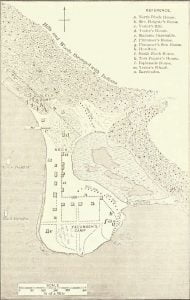Yellowstone County, Montana 1870-1888
Yellowstone County, organized out of Gallatin and Custer in 1883, comprised a part if not all of the former Crow reservation. The county town, Billings, was founded in 1882, and had a rapid growth. It contained 400 building’s in 1883, among which were a brick church of good size, a bank building, several wholesale merchandise establishments, three hotels, a commodious schoolhouse, the roundhouse and shops of the Northern Pacific railroad, at the terminus of the Yellowstone division, and three newspapers, one a daily. This phenomenal growth, seldom seen except in mining towns, might have quickly disappeared were it not that … Read more


